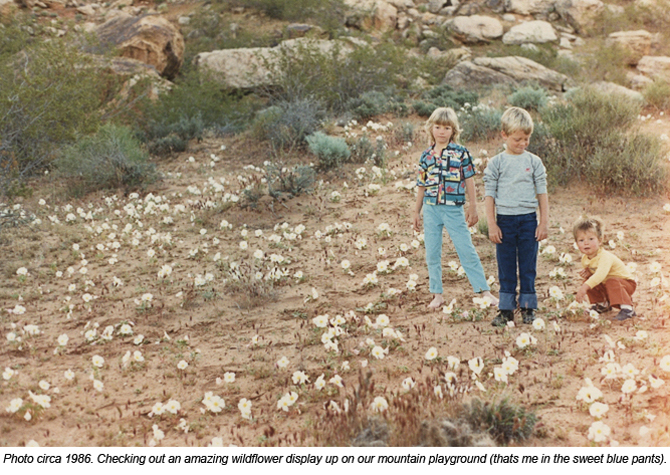How do you “structure” unstructured play?
If you haven’t noticed, unstructured play is pretty en vogue these days. Articles touting its importance, experts saying kids need more, that it’s becoming a lost art form, that without it your child may become a criminal—articles leaving you awake at night wondering a) what the heck unstructured play is and b) if you’re a terrible person because you haven’t scheduled it in to tomorrow’s agenda. Ugh.
Never fear. Unstructured play is just a new phrase for something very old. Something that animals do, and that kids naturally tend towards in every activity. For example, remember when they were two, and could be entertained with an empty Kleenex box and a gum wrapper? When they used shoes as telephones? Remember the last time you set them down to chutes and ladders and came back to find them using the board, upside down, as a slide and the pieces as a marching band? That, my friends, is unstructured play—activities that are steeped in imagination and creation; activities that downplay agendas and end-goals. Unstructured play is when no one is looking towards the finish line. It is the zen-moment of free time. And what’s more, all it requires are the natural gift every child has: an imagination.
Why is unstructured play so great? Because it promotes exploration, creativity and independent thinking. What’s more, it gives you, the over-burdened parent, a little break. Leave them be and let them figure out what to do with a half an hour.
Easy. Right? Ummm… no. At least not for me and my brood. There are so many other factors that go in to getting a child to conjure up an interesting and attention-capturing activity all by themselves. Assuming that I’m not the only one with issues in this realm, I hereby dedicate the rest of this post to how to achieve those unstructured moments.
How do you de-structure your kids playtime? You fight the urge to entertain. You turn off the t.v., the playstation, the wii, and the ipod. You leave them with materials and let them create their own fun. They’ll be bored to start with, but out of desperation, they’ll figure it out–this is especially true if you’ve got several children of the right age–they’ll feed off each other.
Here are, in my experience, the most common obstacles for children left to their own devices, and the methods that I have dreamed up for dealing with them. I very much look forward to hearing from readers who have also tried to incorporate undirected playtime into their child’s daily routine! (more…)




 I just read this
I just read this  Notice anything new about the website… Like maybe on the sidebar? Maybe a graphic that looks like this one to the left?
Notice anything new about the website… Like maybe on the sidebar? Maybe a graphic that looks like this one to the left?

